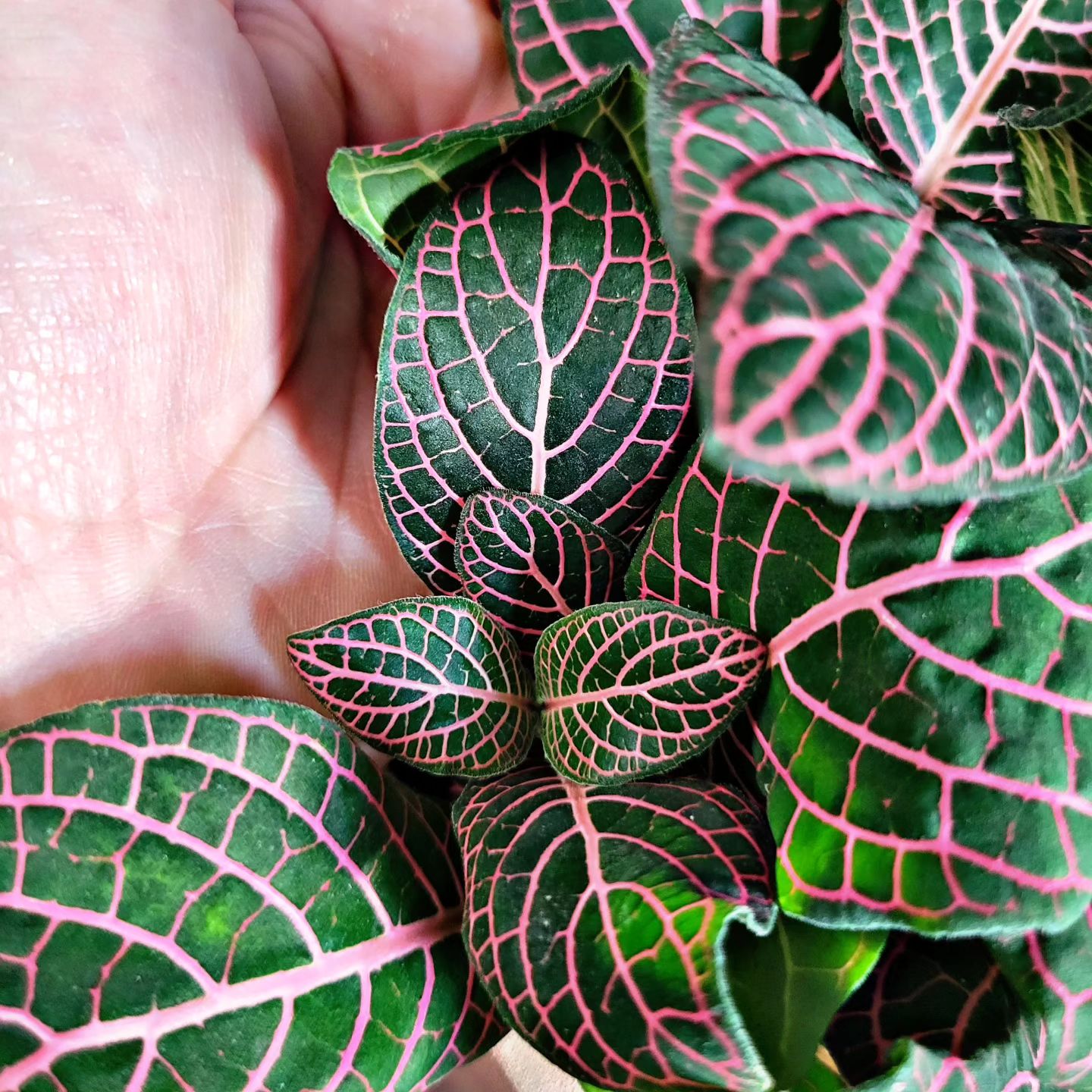Unlike brown and yellow spots, mainly indicating sunburn, pink spots on leaves do not necessarily mean a problem in plants.
Thus, stick with the article till the end to solve the confusion of pink spots being a beauty or plant problem.
Table of Contents Show
Are Plant Leaves with Pink Spots a Problem?
Often leaf spots, be it of yellow, pink, or brown color, on the solid green plant leaves indicate a problem.
But that is not the case all the time. Some plants can naturally have pink or red color pigments in their leaves besides green ones.
So, do not worry if you see pink spots on plant leaves that are naturally meant to be there from the get-go.
Pothos, Snake, Spider, and ZZ plants do not have pink spots in their leaves under normal conditions.
Here are the main culprits that can cause green leaves with pink spots and their corresponding treatments.
- Fungal or Bacterial Infection: Prune heavily infected plant parts to prevent further spread.
- Apply fungicides, bactericides, or neem oil to control the infection.
- Lack of Nutrients: Provide plants with a balanced fertilizer or mature composts.
- Adjust the soil pH per the plant’s needs to encourage better nutrient uptake.
- Environmental Stress: Relocate the plant somewhere more suitable and ideal for plant growth.
- Aim for a flexible watering routine and use a moisture meter before fetching water.
Top 5 Plants with Pink Spots on the Leaves
Houseplants with foliage other than green have become a trend to add alluring appeal to the garden.
Here is a list of five amazing plant species with natural pink spots.
1. Polka Dot Plant
The Polka Dot Plant, adored for delicate pink-spotted leaves, is a stunning plant with easy care needs.
The oval-shaped dark green leaves contrast the pink freckles that brighten up more in a brighter setting.

For indoor Polka Dot plants, aim to grow them in bright indirect sunlight with a flexible care routine.
Meanwhile, ensure partial afternoon shade for the outdoor Polka Dot plant to bring out more vibrant pink spots.
2. Rex Begonia
Rex Begonia has asymmetrical leaves with varying shapes and intricate patterns of pink or burgundy.
They are relatively easy to care for and grow best when kept in bright, filtered sunlight.
Thus, maintain the soil moisture by watering them weekly after allowing the top inch of the soil to dry out.
3. Coleus
Coleus is another easy-to-care-for houseplant with captivating red, pink, and purple patterns on its green leaves.
So, place your indoor Coleus plants in the east or south windows for best results.
Also, new Coleus species can withstand and grow well even in full sun without foliage burn.
4. Pink Nerve Plant
The Pink Nerve plant is an eye-catching houseplant with intricate pink veins atop the green leaf base.
They are low maintenance plant that thrives in filtered sunlight aided with regular morning mist.

Besides that, the Pink Nerve plant requires consistently moist soil to main its unique pink spots.
So, aim to bottom-water to keep them hydrated without risking overwatering issues.
5. Pink Caladium
Pink Caladium is a rare plant with large, heart-shaped leaves featuring shades of pink.
Indoor Pink Caladium grows best in a humid room with indirect bright sunlight.
Likewise, protect outdoor ones from direct sunlight to prevent colorful leaves from fading.
Editor’s Note
A Warmer, Brighter Setting is the Key!
Except for direct sunlight, most plants with pink spots grow best and become more vibrant under filtered bright light.
Likewise, warmer temperatures encourage more pronounced leaf color. So, maintain the ideal temperature and light settings to enjoy more cheerful pink spots.
All The Best!
